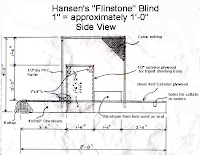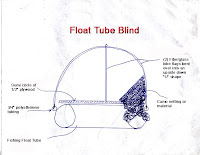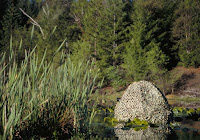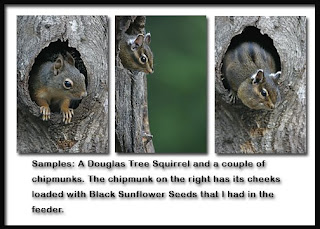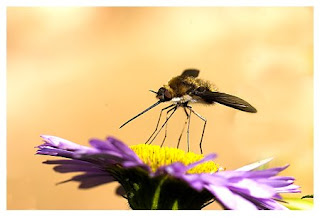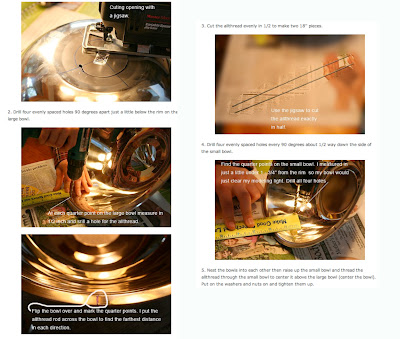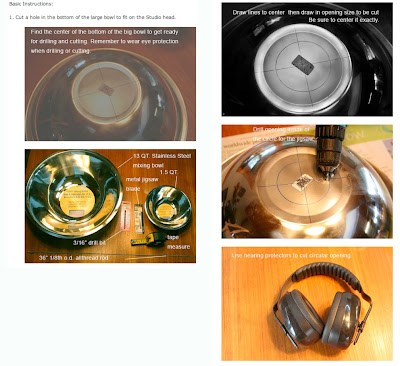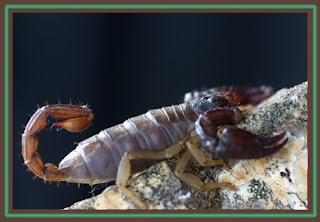



Today's post isn't very complicated. In fact it's pretty darn straight forward and simple. I'm sure you can figure out any details I may have left out on yer own.
Macro photography of insects is an addictive habit. I love chasing after butterflys,dragonflys,grasshoppers you name it. For some reason early this spring I got hooked on moth madness. Turn the light on and they will come. I noticed that there were a lot of moths this year compared to last. In fact last years spring was so drawn out there was a major die off of many species of moths and butterflys in my area. This resulted in bats struggling to find food sources. Well I'm off topic here.
The basic premise is to leave an outdoor light on all night. In the morning you go out and photograph the accumulated moth species that have gathered on the outside of your house. In researching some moth sites. Yes, there are moth sites. I found that many scientists collect moths by putting a light behind a large white sheet draped between two poles or even stepladders. They sometimes use black or ultraviolet light sources.
In the morning if it is a cool one I have found that you can sometimes, I repeat, sometimes move moths to a more natural setting by slipping a dark piece of construction paper slowly under them and carefully carrying them to a new spot and slowly sliding them off.
I use natural light, a tripod and a gold metalic reflector to fill the shadows. The lens I use is a 100mm flat field focus lens made by Phoenix. This lens is identical to theVivitar and probably made for a few other companies as well. I use it with a set of Kenko extension tubes.
So turn on the lights sweet darlin' tonight we're gonna play.
God's light and love to all,
Chris

